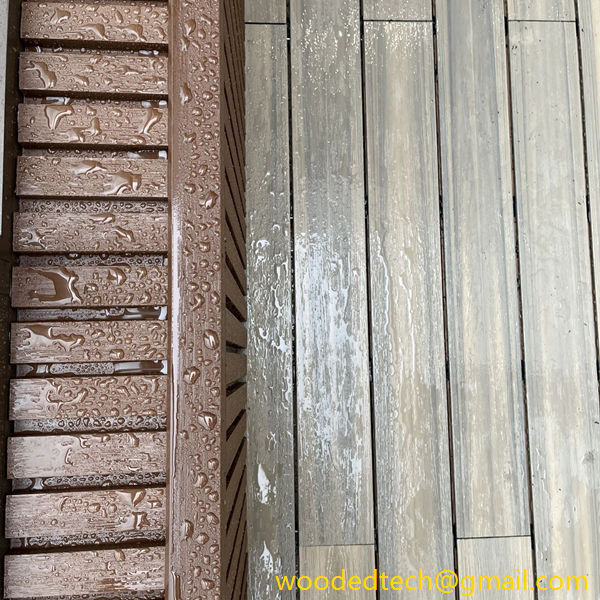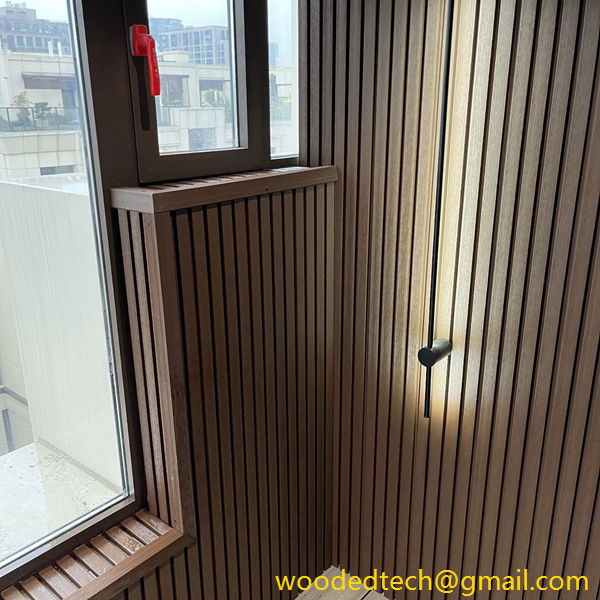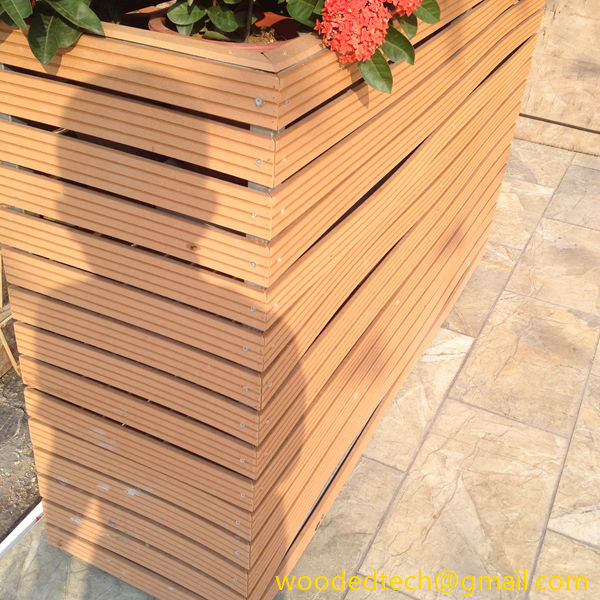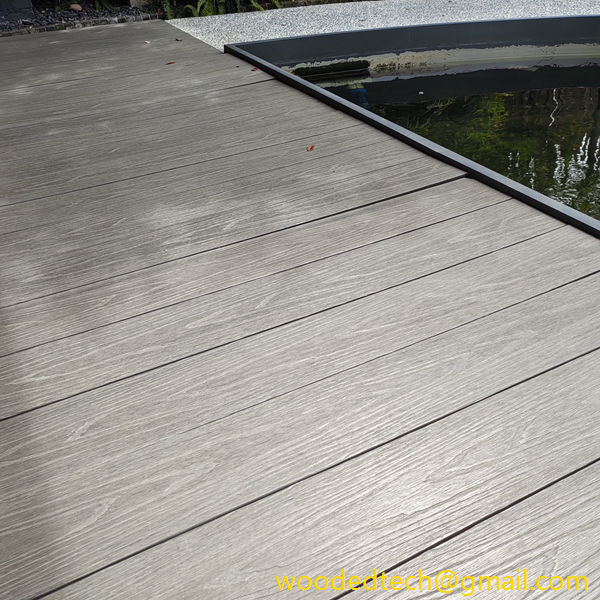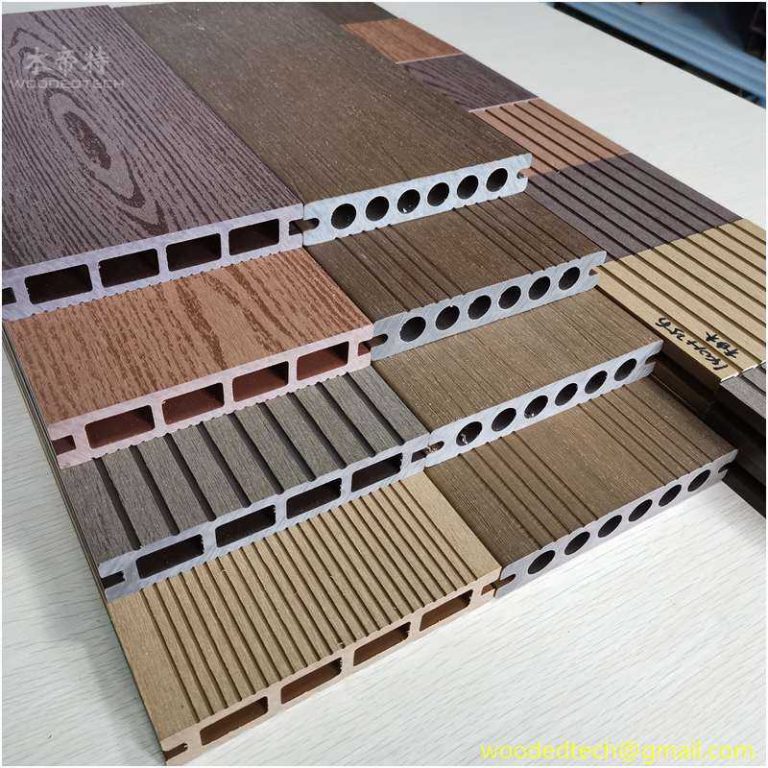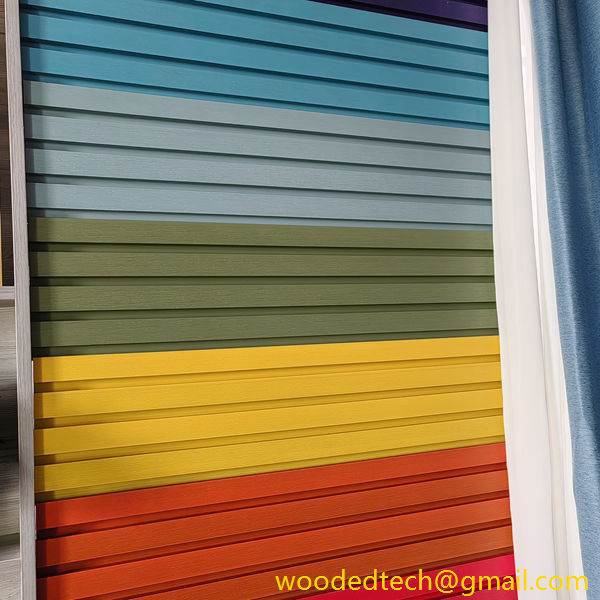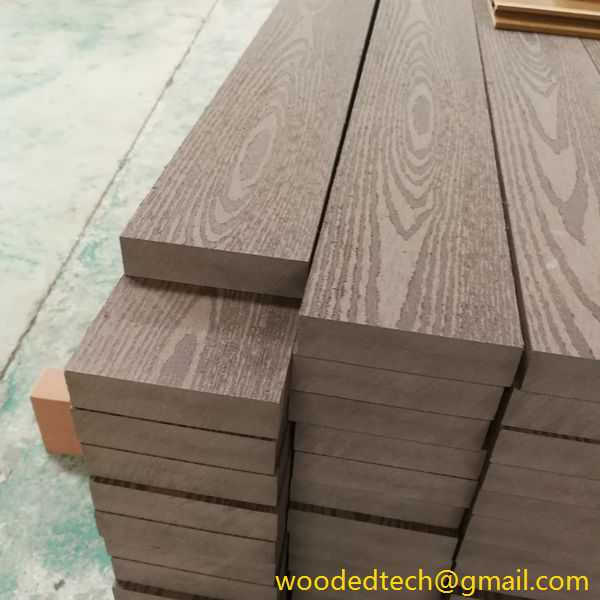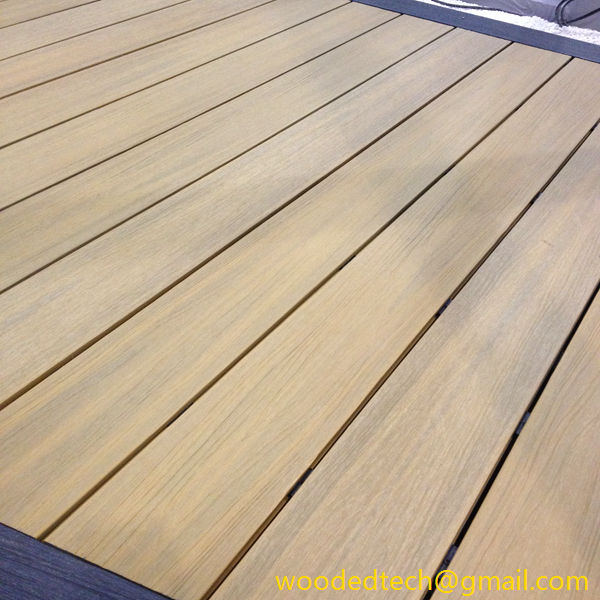木塑三维设计:为您的空间提供最先进的木塑三维设计解决方案
木塑三维设计:为您的空间提供最先进的木塑三维设计解决方案 在不断发展的设计领域,创新材料和技术的融合改变了我们对空间的感知和互动方式。木塑复合材料(俗称 WPC)就是这些进步中的一种。这种材料因其耐用性、...
木塑三维设计:为您的空间提供最先进的木塑三维设计解决方案
In the ever-evolving world of design, the integration of innovative materials and technologies has transformed the way we perceive and interact with our spaces. Among these advancements is Wood Plastic Composite, commonly known as WPC. This material has garnered significant attention for its durability, versatility, and environmentally friendly attributes. When combined with 3D design solutions, WPC offers an unparalleled opportunity to create stunning visual environments that are not only aesthetically pleasing but also maintenance-free in the later stages.
WPC is composed of a blend of wood fibers and plastic polymers, which results in a composite that mimics the natural beauty of wood while providing the resilience of synthetic materials. WPC is resistant to moisture, pests, and warping, making it an ideal choice for various applications, including decking, fencing, wall panels, and furniture. As designers and architects seek to create spaces that are both functional and visually appealing, WPC has emerged as a preferred material due to its ability to withstand the test of time without the need for extensive upkeep.
One of the most exciting aspects of WPC is its compatibility with advanced 3D design technology. 3D design allows for the creation of intricate patterns and textures that can elevate the appearance of any space. By utilizing cutting-edge software and tools, designers can visualize their concepts in three dimensions, providing clients with a clear understanding of how different elements will come together in the final design. This technology enables the exploration of various styles, colors, and layouts, ensuring that each project is tailored to meet the specific needs and preferences of the client.
The application of WPC in 3D design solutions opens up a world of possibilities for interior and exterior spaces. For instance, in residential settings, WPC can be used to create stunning feature walls that add depth and character to a room. By employing 3D design techniques, designers can craft geometric patterns or organic shapes that bring a sense of dynamism to the environment. This not only enhances the aesthetic appeal but also creates a focal point that can transform the overall ambiance of the space.
In commercial applications, WPC 3D design solutions can be utilized to create inviting and engaging environments that reflect a brand’s identity. Retail spaces, restaurants, and offices can benefit from customized WPC installations that incorporate branding elements into the design. By using 3D design technology, businesses can experiment with different configurations and layouts that optimize customer flow and enhance the overall experience. The durability of WPC ensures that these installations will remain in pristine condition, requiring minimal maintenance over time.
Another significant advantage of WPC is its sustainability. As consumers become increasingly aware of environmental issues, the demand for eco-friendly materials has risen. WPC is made from recycled wood fibers and plastic, reducing waste and minimizing the carbon footprint associated with traditional wood products. By choosing WPC for 3D design solutions, clients can create stunning spaces that align with their commitment to sustainability. Furthermore, the longevity of WPC means that fewer resources are needed for replacements and repairs, making it a responsible choice for the planet.
Moreover, WPC’s adaptability makes it suitable for a wide range of applications, including outdoor spaces. Patios, decks, and garden features can benefit from the use of WPC in 3D design. By creating multi-dimensional structures that incorporate seating, planters, and decorative elements, designers can transform ordinary outdoor areas into vibrant and functional spaces. The weather-resistant properties of WPC ensure that these installations will endure the elements without fading or deteriorating, providing a maintenance-free solution for years to come.
In addition to its aesthetic and functional benefits, WPC also offers a degree of safety that is essential in both residential and commercial settings. The material is slip-resistant, which is particularly important for outdoor applications where moisture can create hazards. Furthermore, WPC is resistant to mold and mildew, contributing to a healthier indoor environment. By incorporating WPC into 3D design solutions, designers can create spaces that prioritize both beauty and safety, ensuring that occupants feel comfortable and secure.
As we look to the future of design, the integration of WPC with advanced 3D design technology will continue to shape the way we approach our environments. The ability to visualize and experiment with different design elements allows for greater creativity and innovation. With WPC’s inherent qualities of durability, versatility, and sustainability, designers can confidently create spaces that not only meet but exceed client expectations.
In conclusion, WPC 3D design solutions represent a cutting-edge approach to creating beautiful, functional, and maintenance-free spaces. By combining the visual appeal of 3D design with the resilience of WPC, designers can craft environments that are tailored to the needs of their clients while also being environmentally responsible. Whether for residential or commercial applications, the potential of WPC in 3D design is vast, promising a future where spaces are not only visually stunning but also designed for longevity and ease of maintenance. As technology continues to advance, the possibilities for WPC in the realm of design will only expand, paving the way for innovative solutions that redefine our interaction with the spaces we inhabit.

